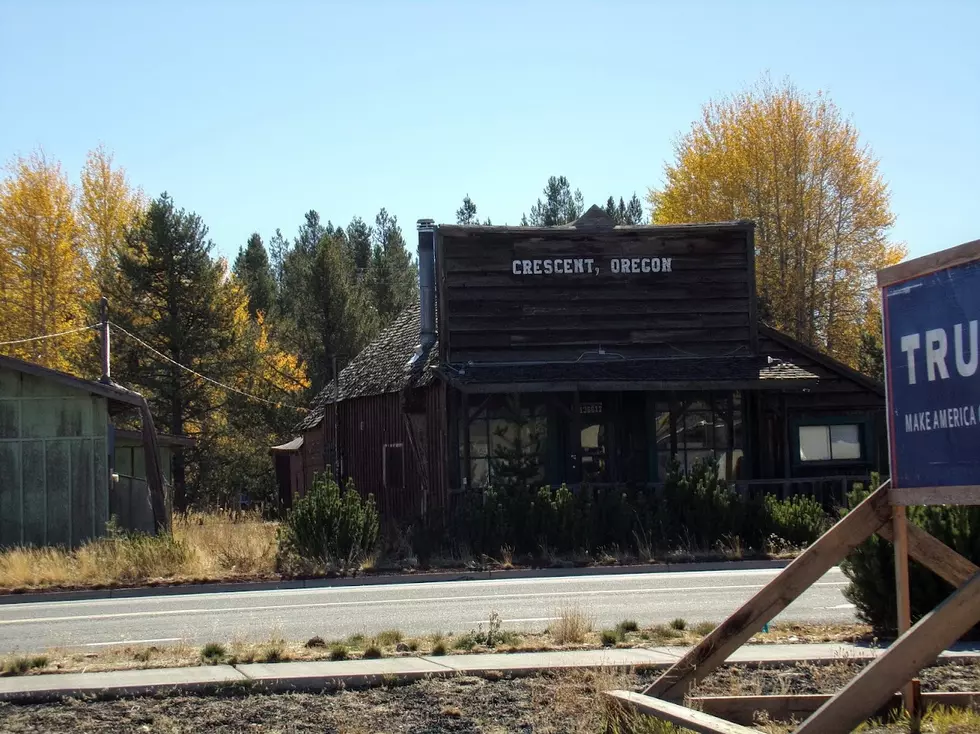
The True Origins of Halloween Traditions — Jack-o’-Lanterns, Witches, Costumes, More
Why do we celebrate Halloween by putting on bizarre outfits and asking strangers for candy? Who is Stingy Jack, and why does he haunt our dreams? We decided to take a look at a few of Halloween's most well-known customs and ask, What do they all mean?
Origin of Halloween
Halloween, with all its spooky foolishness, is a very old holiday—more than 6,000 years old, in fact. Even before the Catholic Church commandeered it as the eve of All Saints Day (also called All Hallows Day, hence All Hallows Eve) in order to assimilate and control pagan holidays, it had deep roots in the ancient Irish Celtic culture. The Celtics practiced a nature-based religion that made them known as Druids. On their calendar, November 1 was the start of a new year, so their celebrations began the night before, on October 31.
According to tradition, on that night the spirits of everyone who died that year would come out and roam the earth. They did this because November 1 also marked the arrival of Lord Samhain (pronounced "sow-en"), the ruler of the darkness, since the days were getting shorter and darker. He would lead the spirits to the underworld, his home. This explains all the ghoulishness involved and why a fear of Halloween is known as samhainophobia.
Costumes
We know how Halloween got started, but what is it that possesses us to wear silly, scary and sexy costumes to celebrate it? Avoiding possession is probably one of the reasons. Dressing up for Halloween came from a Celtic tradition of people disguising themselves as demons and spirits to escape the notice of the real spirits who came out during their pagan festival. Celtic young men also had a habit of attempting to please spirits by dressing up as them with white costumes and black masks.
Trick-or-Treating
Of course, we don’t just put on costumes for Halloween—that’s not strange enough. We also go trick-or-treating. But there’s a reason for this craziness: During the Celtic Samhain festival, people put treats and food out to satisfy the spirits who would wander the streets for the night. There was also a medieval Christian tradition called a soul parade on All Hallows Eve in which poor people would go door-to-door offering prayers for the dead souls to be delivered from purgatory in exchange for soul cakes. Another tradition that led to our modern-day trick-or-treating is the custom of Irish townsfolk going to the homes of their neighbors to ask for food contributions for the town’s All Hallows Day feast.
Pumpkins
It seems like everyone is going crazy for pumpkin everything these days, but pumpkins weren’t always just for lattes and Halloween. Pumpkins came into existence in Central America, where natives used them and Europeans brought them home from the New World. It was then that the pumpkin replaced other traditional fruits used in Halloween festivities.
Jack-o'-Lanterns
Pumpkins make sense with Halloween because they really do seem like a natural food for fall fun, though it’s just odd that part of that fall fun would be carving faces into these large orange fruits. Sure, it’s fun to play gross-out with the pumpkin guts, but there has to be a real reason the jack-o'-lantern is a part of Halloween. One Irish legend says there was a man named Stingy Jack who made a deal with the devil and ended up forbidden to enter heaven or hell when he died. Because he had no home in the afterlife, he had to wander the earth waving a lantern given to him by the devil either to light his own way or, in some versions, lead people away from their paths. The story goes that Jack carried his lantern in a carved-out turnip. In Ireland, this became a Halloween tradition in order to ward off evil spirits. When the immigrants came to America, they found that pumpkins were a much easier place to keep their spirit-repelling lights.
Witches
Witches are scary and creepy, making it obvious how they got their own place in the October 31 holiday festivities. Or does it? Actually, the term "witch" originates from a word meaning “wise woman,” so witches weren’t always frightening old women with bad skin and pointy hats. The Wiccans were often very respected members of society. They became attached to Halloween because one of their two major gatherings of the year would happen on that spirited night.
Black Cats
So how did black cats get into our Halloween traditions? Actually, it’s the witches who helped sneak them in. Some folklore claims that witches can turn themselves into cats, and black cats are thought to be more similar to demons and dark spirits than lighter-colored felines. Also, during the time of the Inquisition, the Catholic Church hunted down pagans, who often kept and revered cats. This association was soon viewed in a negative light.
Black and Orange
Traditionally, the colors associated with this spooky, candy-filled holiday are black and orange. We couldn’t imagine Halloween without them now, but how did this random color choice get tied to this day? Orange is closely linked to the fall harvest, the time of Halloween. Also, orange is a symbol of strength and endurance, which is helpful when preparing for a long winter. Of course, black is the color associated with darkness, and Halloween was a celebration of the coming darkness of winter. It is also a color that stands for death and represents the side of Halloween that involved the spirits of the dead wandering the Earth.
Bonfires
The warmth of a bonfire not only keeps the chill of the night at bay, it also pushes the darkness and the spirits that linger there to the edge. But those aren't the only reasons a bonfire is part of Halloween tradition. During the original Celtic festival, large fires were lit to guarantee the sun would come back after the long winter. Druid priests would throw bones of cattle into the flames, and the fires became known as "bone fires."
Bobbing for Apples
One of the weirdest things we do at Halloween is bobbing for apples, but even that has a fairly straightforward history. Halloween falls during the Roman festival known as Pomona, which celebrated the harvest goddess. In some places, Halloween was once known as San-Apple Night. Also, in the ancient Celtic culture, apples were associated with goddesses, who were thought to control people's romantic fates. So, for Halloween celebrations, there was a tradition that young, unmarried girls and guys would race to grab an apple from a pool of water with their mouths; the first to get a bite would be the next among the group to get married. This evolved into our tradition of bobbing for apples.
More From News Radio 1310 KLIX









